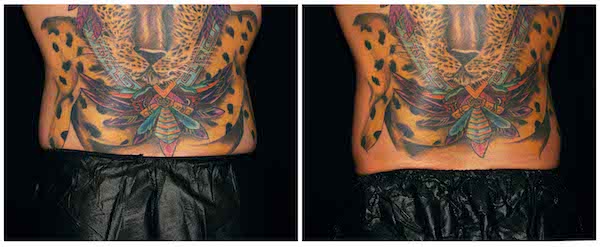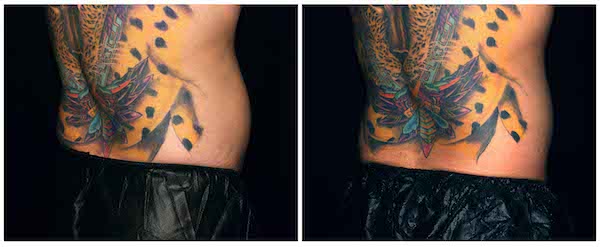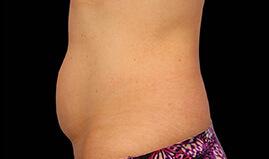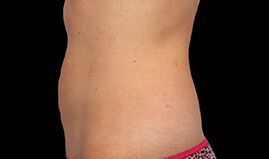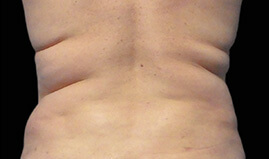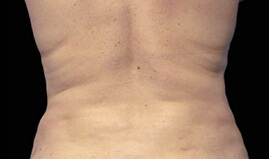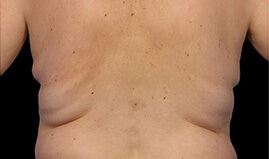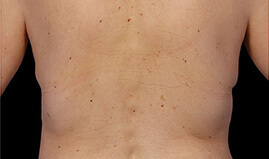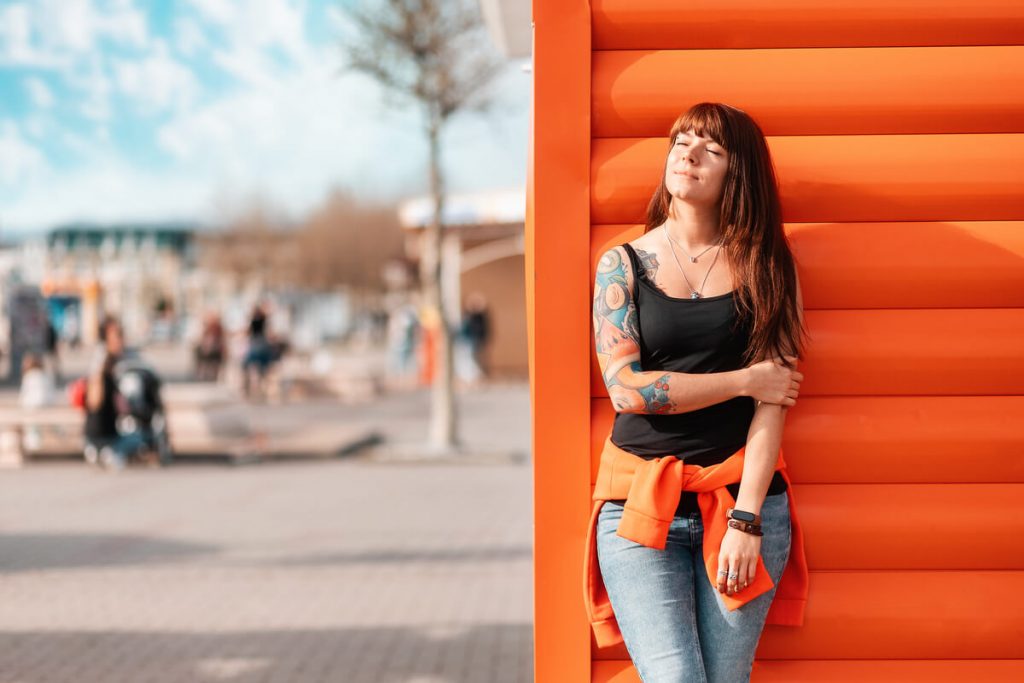We get a fair amount of questions from clients who have tattoos and want to make sure that CoolSculpting won’t damage their very personal (and very expensive) body art. The good news is that yes, you can get CoolSculpting if you have tattoos, and it will not damage your ink.
How CoolSculpting Works
CoolSculpting works by using precise temperatures to destroy fat without damaging the skin or surrounding tissues. That’s very important when it comes to tattoos! Cold will destroy cells, but fat cells are destroyed at a higher temperature than skin and muscle tissue. The precise temperatures used in CoolSculpting machines mean that there won’t be damage to your skin tissues where the pigmentation from tattoo ink is located.
It also highlights the importance of using only genuine, FDA-cleared CoolSculpting machines. There are lots of little spas around that use off-brand “fat freezing” machines or will even try to sell you machines for at-home use. You don’t know what you’re getting when you use an off-brand machine, and could be running the risk of skin or other tissue damage. That’s not a risk anyone should be taking, but it’s especially important if you have tattoos or other body art.
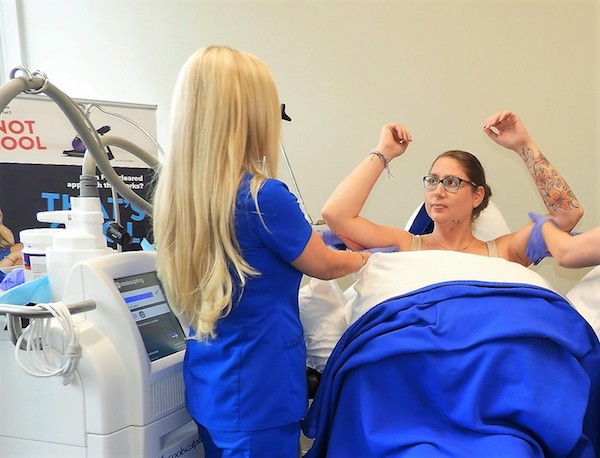
Will CoolSculpting Change My Tattoo?
There are a few stories online of CoolSculpting providers saying that they cannot do CoolSculpting on a tattoo because the machine will not get cold enough. This is just simply not true. You should choose a knowledgeable provider that is honest and upfront with you. There is nothing about tattoo ink that will prevent a CoolSculpting machine from working properly. CoolSculpting also won’t change the coloring of your tattoo or cause it to fade.
In fact, the only impact that CoolSculpting will have is that the fat reduction in the area may cause the tattoo’s shape to change or distort a little bit as the area slims down over the next couple of months. This is the same sort of change that can be expected as a result of weight loss and shouldn’t come as a surprise for anyone, since this is the desired result of CoolSculpting an area. However, it’s important to keep in mind as you’re deciding whether to get CoolSculpting. CoolSculpting eliminates about 25% of the fat in the treated area, which is a noticeable change.
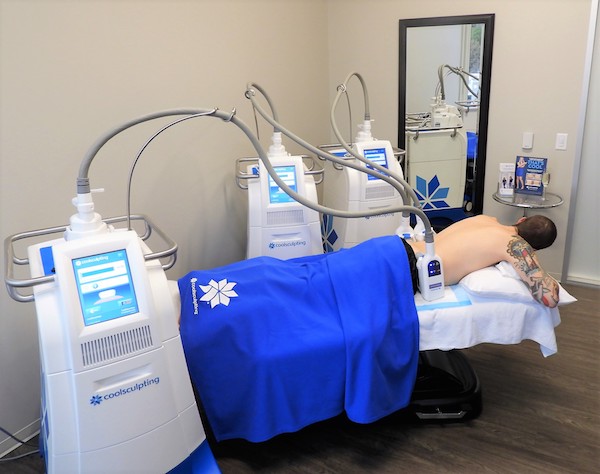
When You Shouldn’t Combine CoolSculpting & Tattoos
Although CoolSculpting won’t cause any problems with an existing, fully healed tattoo, CoolSculpting will cause some swelling in the area post-treatment that may last for several weeks. Make sure the treated area is free of swelling before getting ink done. It’s not recommended that you get a tattoo on the treated area for at least several weeks after having CoolSculpting done, as this could change the shape of the tattoo once the swelling resides.
It’s also not a good idea to have CoolSculpting on freshly-inked skin. Tattoos cause some swelling, and combining that with CoolSculpting immediately afterward may interfere with the healing process. Of course, CoolSculpting is a localized treatment, so there’s no problem treating a different area of the body, or getting a tattoo somewhere else. For example, it should be no problem to treat your thighs with CoolSculpting and then get a tattoo on your shoulder – although having numb thighs and a swollen shoulder doesn’t sound pleasant, the treatments won’t interfere with the tattoo.
Always check with your CoolSculpting provider if you have questions about your tattoos and how they’ll be affected by CoolSculpting, especially if they’re new tattoos or if you plan on getting a tattoo sometime soon.
